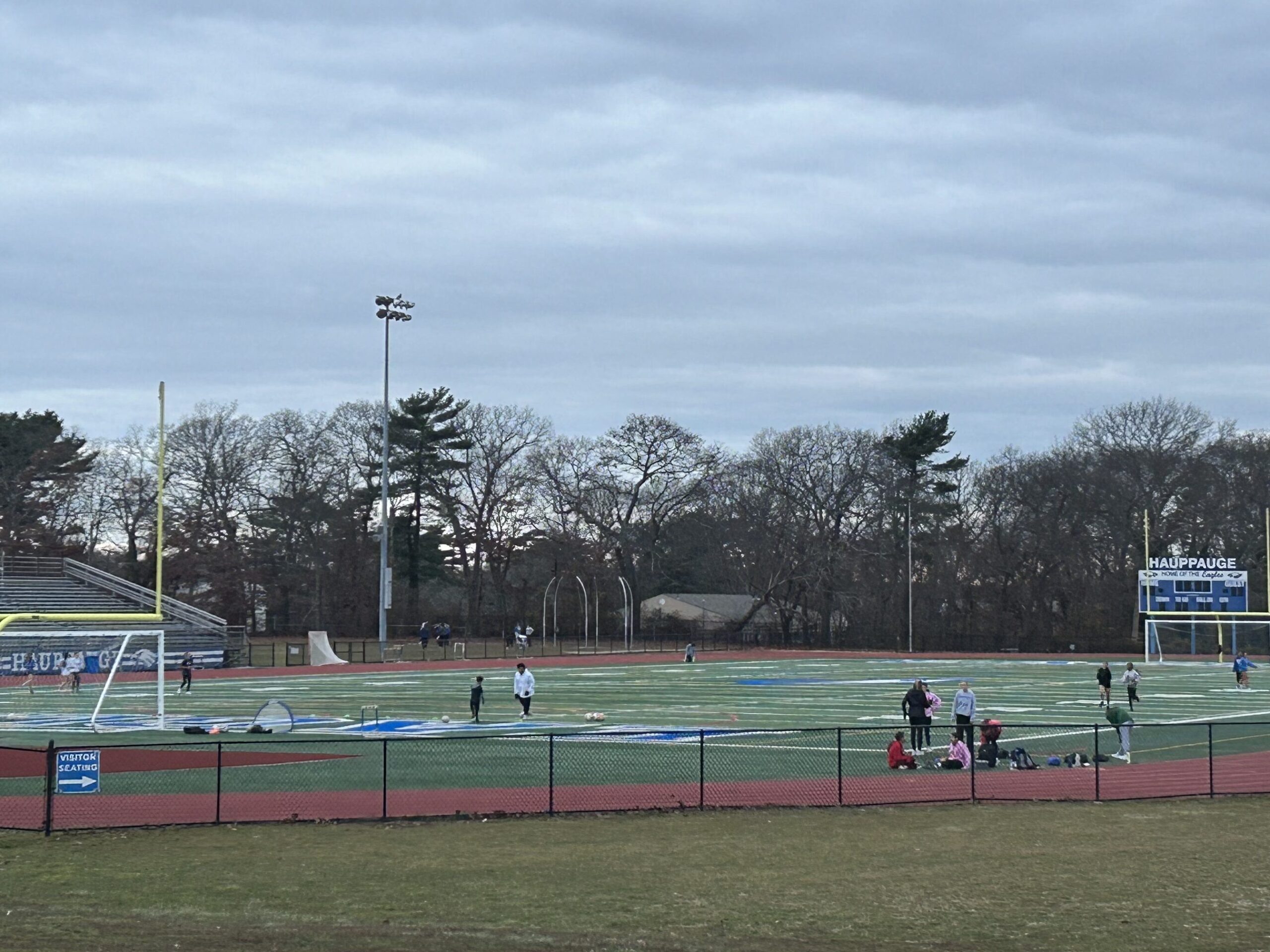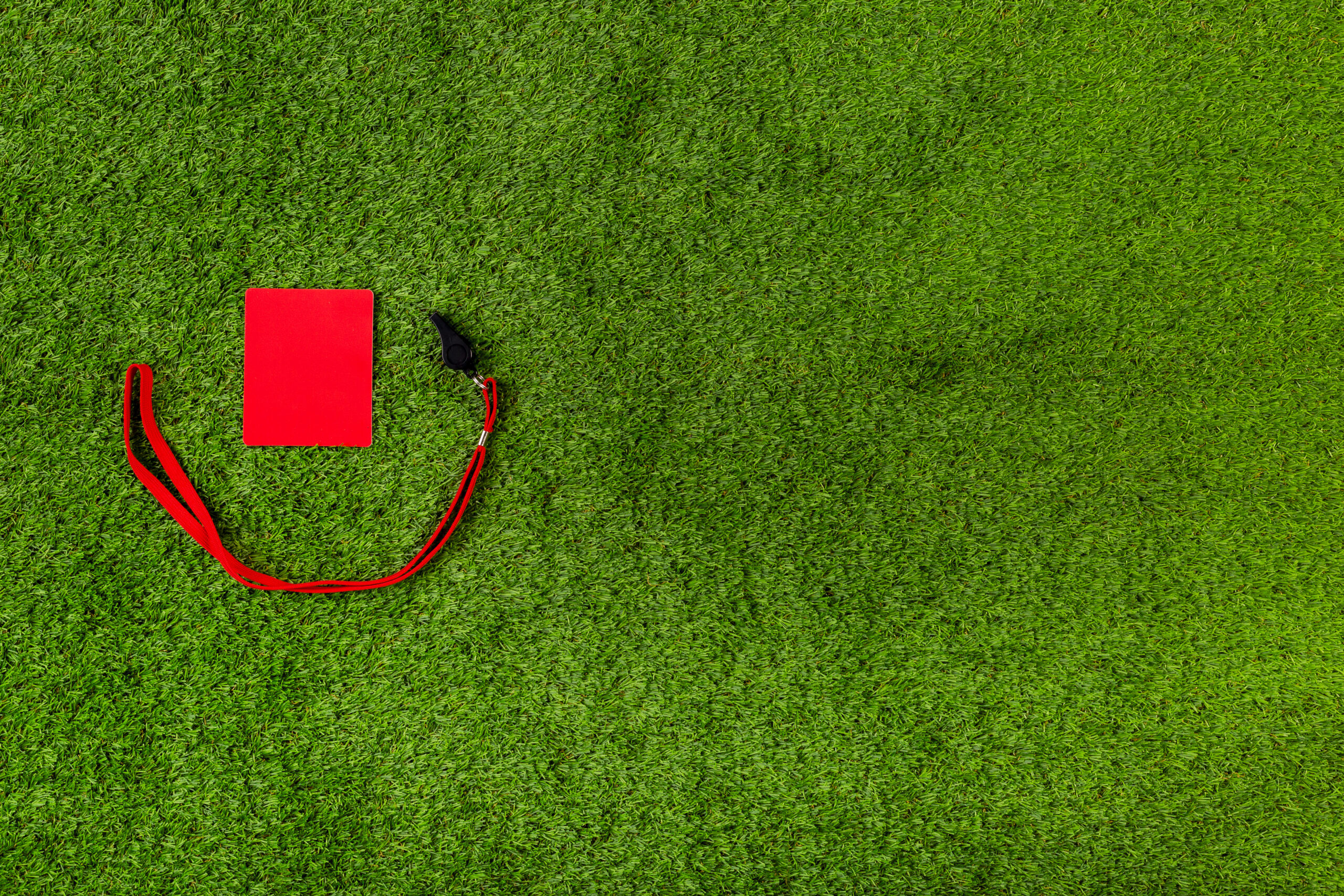Ongoing debates about the use of turf in all levels of sports have been dominating conversations in sports medicine for years due to the number of injuries players suffer while on turf. Research and studies on whether or not turf fields are safe for young athletes lead many local school districts to weigh their options on the subject, ultimately coming to the conclusion the woes of turf fields do not outweigh its benefits.
Turf, also known as synthetic or artificial grass, has been used commonly since the 1960s. It gained its popularity in the 1970s and 1980s when professional sports arenas began implementing turf fields to decrease the cost of maintenance and deterioration. Turf can withhold consistent high intensity play with ease, making it a first choice for commonly used fields. More recently, in the last two decades, turf has been added to almost every high school on Long Island.

However, many don’t believe the lower cost of maintenance should come at the expense of players’ health. Concerns from athletes, parents, and coaches come from the basis that turf provides a much tougher surface. When players dig their cleats into such a surface, the force is not absorbed by turf. Instead, it is absorbed by the joints in lower extremities, like knees and ankles, and can cause injuries, the most common being anterior cruciate ligament (ACL) or medial collateral ligament (MCL) tears.
Nicole Posner, of Hauppauge, was only 16 when she tore her ACL playing defense for the Hauppauge Girls Varsity Soccer team. At almost 24 years old, she continues to suffer from residual pain of the injury. Posner explains that even everyday things can be difficult.
“My knee is still not fully back to how it felt pre-injury, and I don’t think it will ever be. I have a lot of knee pain when running and climbing stairs.”
A torn ACL is no small-scale injury. It can affect a player’s entire athletic career, as well as their life. According to Mount Sinai, an ACL injury can occur when overextending the knee joint or when a player quickly stops moving and changes direction while running, landing from a jump, or turning, which is exactly what injured Posner.
“100% my injury was caused by playing on turf,” says Posner. “When you wear regular cleats and play on turf there is a risk that your foot will get caught in the turf. Unlike grass, the turf won’t just tear apart. So, when I was injured, I actually wasn’t even hurt by contact. I was just running and went to cut, and my foot got caught in the turf making my knee tear.”
Turf shoes are a game-changer for athletes playing on artificial grass. Designed with multidirectional support and cushioned soles, turf shoes limit the shock absorption going into a player’s lower extremities in cases like Posner’s. Most sports that are played on turf, like soccer, football, and lacrosse require athletes to wear cleats. Cleats are designed for softer ground, like natural grass and dirt, where they can dig in and provide stability for players while they run. Turf shoes have smaller knob-like underlays that provide traction without getting stuck in the artificial surface.
Most athletes, especially in Hauppauge and surrounding school districts, are used to playing on both turf and natural grass. The front lawn of Hauppauge High School, as well as the back lawn, often referred to as “Rocky Road” by locals, host most of the town’s sports teams, both school-sanctioned and town leagues. Hauppauge kids start playing on those fields as young as five years old, and even get a chance to play on the turf if older teams aren’t using it. The artificial surface is known for smoother gameplay and the level ground allows balls to roll in predictable ways.
“Though I do enjoy playing on both surfaces, I do think it should be mandatory to wear turf shoes while playing on turf,” adds Posner. Turf shoes are a common resolution that critics happily accept.
Some critics, however, have bigger plans. JC Tretter, a retired center of the Green Bay Packers and President of the NFL Players Association has a clear stance on turf fields. His open and opinionated remarks in the NFLPA Newsletter regarding the debate come from his long career playing football on both artificial and natural grass fields.
“NFL clubs should proactively change all field surfaces to natural grass,” says Tretter. “Grass will eventually give, which often releases the cleat prior to reaching an injurious load. On synthetic surfaces, there is less give, meaning our feet, ankles and knees absorb the force, which makes injury more likely to follow.”
The common injury of ACL and MCL tears as well as consistent non-contact injuries has led the NFL to perform much-needed studies on their artificial fields and the rate at which they cause injuries.
“Based on NFL injury data collected from 2012 to 2018, not only was the contact injury rate for lower extremities higher during practices and games held on artificial turf, NFL players consistently experienced a much higher rate of non-contact lower extremity injuries on turf compared to natural surfaces,” Tretter reported. “Specifically, players have a 28% higher rate of non-contact lower extremity injuries when playing on artificial turf. Of those non-contact injuries, players have a 32% higher rate of non-contact knee injuries on turf and a staggering 69% higher rate of non-contact foot/ankle injuries on turf compared to grass.”
While protecting the organization’s players is said to be a top priority of the NFL as well as to its fans, the process of transforming practically every stadium in the NFL to support and maintain natural grass is a massive and expensive undertaking.
MC Recreation, a construction and architectural company who claim to be leaders in the park and playground industry, say that artificial grass increases playing time for children.
“Compared to natural grass fields, turf is far better at standing up to heavy, repeated use without damage,” the company says. “In fact, a high-quality turf field can easily be used for hours each and every day with no ill effects.” Grass fields continuously degrade with increased use, leading to divots in the fields and stunted regrowth.
The look of turf is also a leading factor in why high schools around Long Island have implemented them. Young athletes who play on a professional-looking and supportive field are provided with confidence as they enter a turf field under lights.
“As a lacrosse player I do prefer to play on turf for the smooth surface. Oftentimes, natural grass isn’t maintained well enough,” says Gabby Savarino, a Hauppauge alumna and collegiate lacrosse player. “I do think having turf fields will greatly benefit athletics departments. Being that there are multiple field sports in the fall and spring, it would make sharing turf fields a much easier task. I wouldn’t say that they are necessary for young athletes, but I do believe that they will benefit schools and all of the athletes who will be using them.”
Savarino does feel conflicted on the idea of adding turf to high school athletics, while Posner is firm in her opinion.
“I think turf fields are much nicer and make playing your sport easier, but on the flip side I think turf fields are the root of most injuries,” says Savarino. “Although I personally haven’t fully torn anything in my lower extremities, I have watched numerous friends do so and each and every one happened on a turf field. If there is a way to maintain natural grass, I believe that is the way to go, but if that isn’t available, then turf is a good alternative.”
“I found it important to be able to practice on both turf and grass fields because we played games on both surfaces,” says Posner.
Other concerns revolve around the rubber crumbs that come with turf fields, and whether or not they are toxic to players. Rubber crumbs are often made of recycled tires and placed between blades of artificial grass to keep them upright. As tires, these crumbs are known to contain chemicals such as zinc, sulfur, carbon black, latex, and more.
According to the New York State Department of Health’s report of crumb-rubber infill synthetic turf athletic fields, zinc leaches the greatest amount from rubber crumbs than any other chemical substance, however not in amounts that are harmful to the human body.
“The concentrations of zinc leached from crumb rubber have been found to not represent a human health risk,” the report says. The same report also finds that the ingestion of such rubber would not “pose a significant health risk” to children. According to several controlled studies done by the NYS Department of Health, the chemical exposure to both humans and the environments from turf fields are not significant enough to cause harm in most cases.









